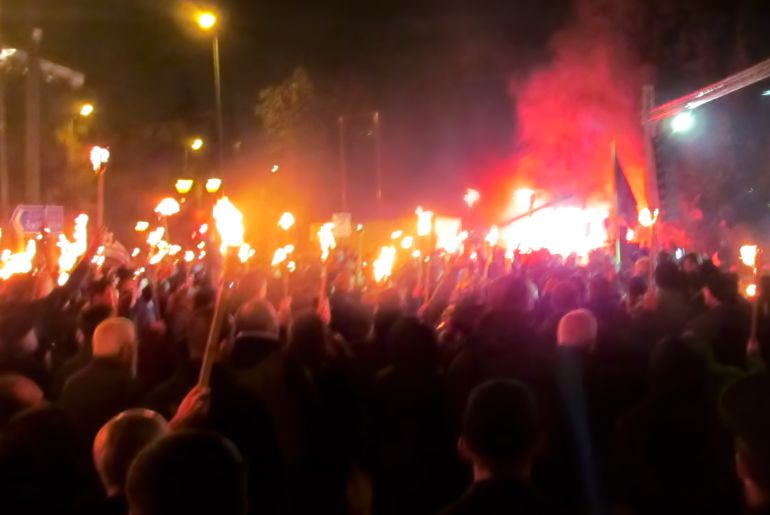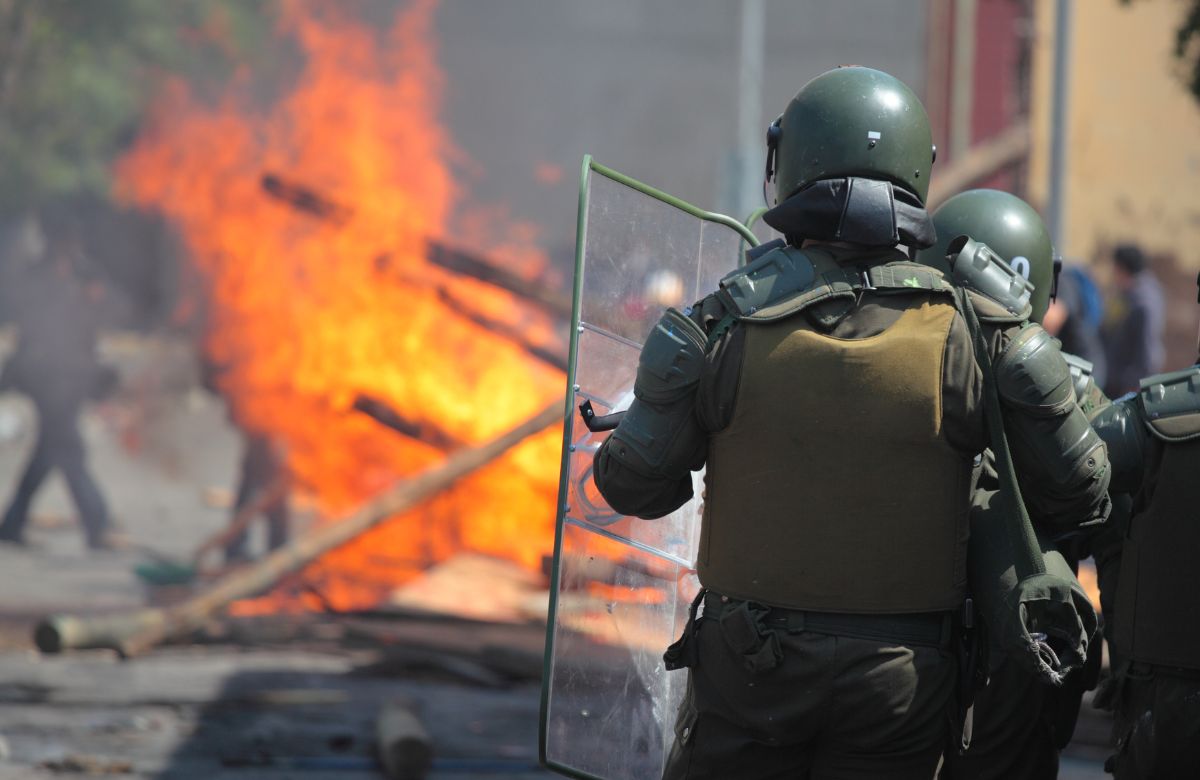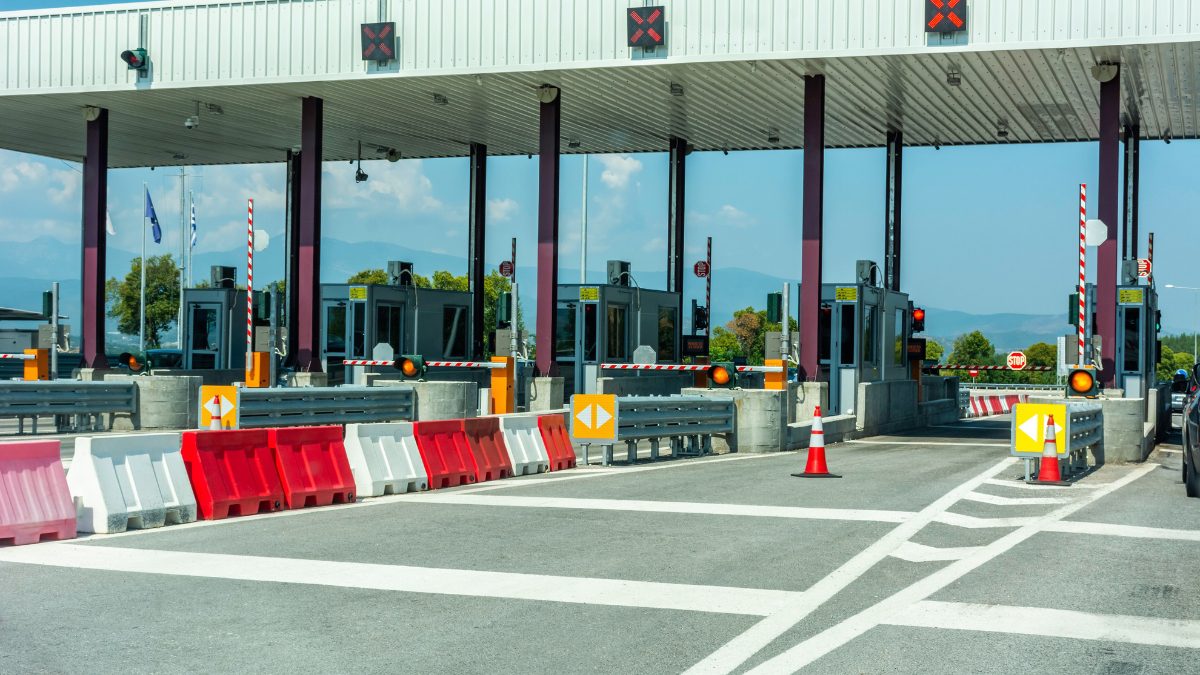For over 40 days, reports of violence, arson, and mayhem have emerged from various districts in Manipur. The state has seen ethnic clashes in the past, but rarely of this magnitude. It’s almost a month now, but there seems to be no end to the violence. Well, this negative impact of violence and politics on tourism of an entire state cannot be understated.
What’s Causing Manipur’s Violence?

The dispute has to do with a long-standing demand by the Meitei people for a Scheduled Tribe status under the Indian Constitution, which would give them privileges comparable to the tribal communities.
According to The Hindu, the violence began on May 3, after the All Tribal Students Union Manipur (ATSUM) held a solidarity march in all districts opposing the recent Manipur High Court order, which had asked the Manipur State government to send a recommendation to the Centre regarding the demand to include the Meitei community in the Scheduled Tribes (STs) list. But that is only a contributing factor. There are further causes for the long-simmering underlying rage.
According to LiveMint, Meiteis account for about 53 per cent of Manipur’s population and live mostly in the Imphal Valley. Tribals – Nagas and Kukis – constitute another 40 per cent of the population and reside in the hill districts.
The Centre referred to Article 355 of the Constitution, which is a component of emergency measures, on May 4, as the violence increased. It gives the Centre the authority to take the necessary actions to defend a state against external or internal unrest. Convoys of vehicles carrying soldiers, Assam Rifles, members of the Rapid Action Force, and local police officers have moved to these various impacted regions in the state.
Continuing Violence Hampers Knowing A State From Within
As I write this on the 44th day of ongoing violence, authorities are still struggling to control the situation. Over 113 people have lost their lives. Many shops and houses were vandalised and gutted in violence.
Be A Memory Collector!
‘Tis the season to spread joy and happiness. The best gift for this festive season is the memory of kindness and happiness that will last forever.
Create a memorable trip with your dear ones and come experience the best of Manipur pic.twitter.com/bTtu7yY4dh
— Manipur Tourism (@TourismManipur) December 24, 2022
But mostly in situations like this, it’s always the common people who have to face the brunt of the situation. And for a beautiful northeastern state like Manipur, tourism plays a vital role in economic development providing employment opportunities and contributing to revenue generation. However, this violence and political instability may leave a profound negative impact.
One of the immediate effects of this violence and political unrest may leave a lingering or create a negative perception of Manipur. My maiden visit to Manipur was almost 10 years ago with my family. Although I was a child back then, it did leave an indelible mark on my heart. I had the chance of soaking in the good vibes and unbelievable hospitality of the Manipuris. The warmth and hospitality of the people added to my experience as they shared stories and anecdotes. Truly, one of my most unique and enriching experiences!
Get ready to be dazzled by the vibrant colours and sweet aroma of the Shirui Lily at the #ShiruiLilyFestival in Manipur from 17-20 May 2023! 🌸Immerse yourself in the rich culture, food, and festivities that this beautiful state has to offer. #Manipur #FlowerFestival pic.twitter.com/hb7HstMprD
— Manipur Tourism (@TourismManipur) April 24, 2023
Violence and political instability create a sense of fear and insecurity among tourists, dissuading them from visiting. Moreover, this leads to a decline in tourist arrivals and revenue losses for a destination. When violence disrupts the tourism sector, there is a decline in tourist spending on accommodations, dining, transportation, and local products, leading to economic losses.
Tourism is a major source of revenue for regions like Manipur. They contribute to employment and local businesses. This, in turn, can result in job losses, reduced investment, and a decline in the overall economy.
Also Read: This Indian Food Truck In Belgium Has Everyone Drooling Over Naga Food!
Violence and political instability can have a profound negative impact on the tourism industry. The perception of insecurity, safety concerns, travel advisories, infrastructure disruptions, economic losses, damage to cultural heritage, and decreased investor confidence all contribute to a decline in tourism.
Cover image credits: Canva
First Published: June 17, 2023 6:18 PM



